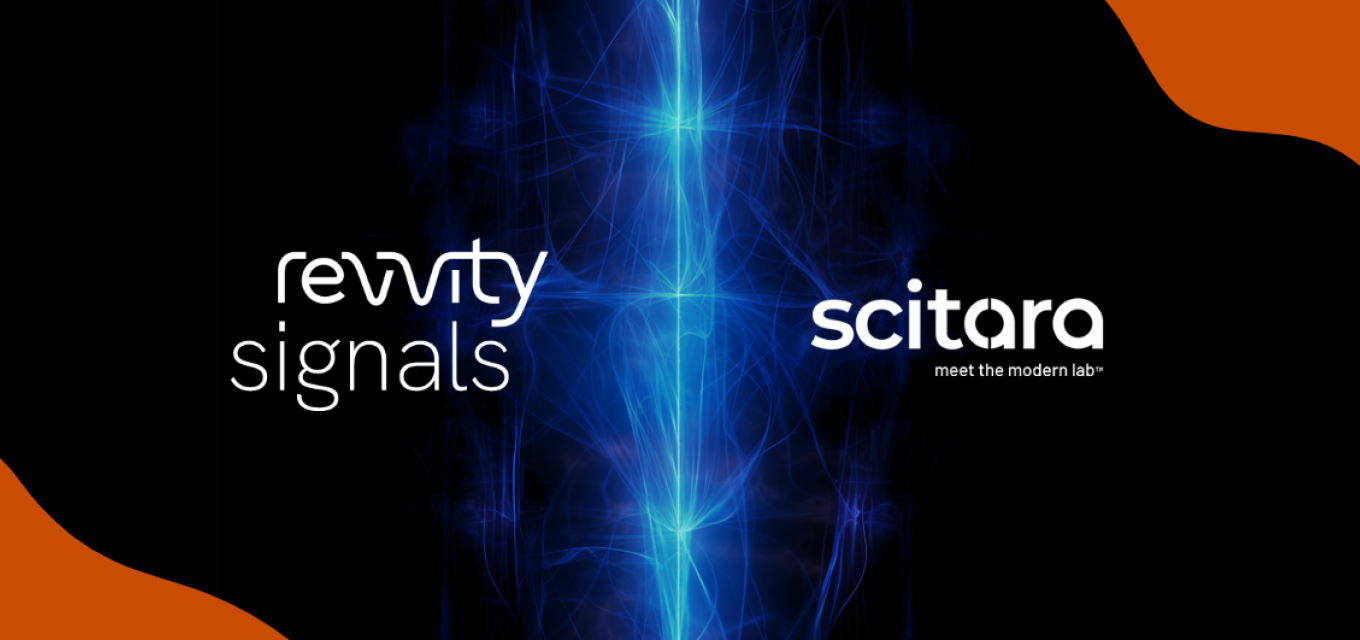Dawn of a New Era: Integrating Research Data for Discovery
Scientific labs generate huge volumes of data which are often isolated in siloed systems. Without an integrated approach focused on the entire lab ecosystem, researchers miss out on the benefits of advanced analytics, machine learning (ML) and more. However, a new breed of data mobility platform, is transforming scientific productivity.
Living in the digital age
At every research lab, masses of diverse equipment and software technologies capture huge volumes of mission-critical data and drive innovation. Yet it could be the data itself that’s holding back progress. The deluge of data is not unique to science. The digital age, characterized by ubiquitous computing and high-speed networks, has brought data-intensive processes into everyday life. From electronic passports to global logistics, countless innovative solutions are accelerating collaboration, reducing costs, and increasing our quality of life—but also, growing the data that must be managed.
Contending with fragmented data
In the past, laboratories and research teams managed multiple systems, software, and devices, with custom-built interfaces to exchange data using a complex point to point model. These specialized systems from different vendors resulted in a complex technical environment, and with multiple devices, systems, software, and sensors to manage, there is no guarantee that integration will be simple or quick, or practicable.
At present, the reality is that as the scientific investigations become more complex, so do the processes used to manage them. Data cannot be transferred or exchanged easily between devices, and in many cases connectivity is only available within a specific vendor’s instrumentation range. Building bespoke connectors between multiple systems soon becomes an exponential task.
In addition, laboratory environmental conditions, such as temperature, humidity, air quality and more clearly have an impact on the scientific results. While correlating lab results with the environmental conditions present at the time of the experiment can provide very useful information, collecting and capturing relevant sensor data is often a manual process that soaks up valuable time – and is prone to error.
In this fragmented scenario, organizations have and continue to lose out on the full potential of higher-level tools such as analytics, and will struggle to harness technologies such as AI and ML.
Solving data integration challenges
For scientific research to continue apace, we need to tackle these issues. While data remains trapped in vendors’ proprietary formats, it is not available for contextualised research. And of course, pressures on cost, efficiency and innovation are a powerful catalyst for change, too.
As a result, a new breed of data mobility platform is transforming productivity, with a single connectivity infrastructure for all devices and software. The iPaaS for Science data mobility approach resolves integration challenges for organizations that rely on both cloud-based and on-premises software and hardware solutions, with a universal platform that maintains data integrity and compliance while supporting the entire lab ecosystem of proprietary instruments and applications. Embedded, configurable integration capabilities remove manual transcription errors, increase data quality, and enable compliance monitoring, backup, and data archiving through automated data exchange.
By removing the manual workload, scientists and researchers are enabled to focus on their core expertise: making and testing promising new compounds, at scale, and without data errors. Based on this fully integrated approach, researchers can take advantage of advanced analytics, ML and more, transforming scientific productivity and collaboration.
Connecting Signals Notebook
Signals DLX, part of the Revvity Signals Suite of integrated scientific data management and workflow solutions, connects Signals Notebook with devices, systems, and software from virtually any vendor. Signals DLX enables users to connect to all lab sources, and capture data within individual Signals Notebook experiments, or store data as a central resource.
Extending these capabilities, Signals Notebook can also connect to Scitara DLX, the integration Platform as a Service (iPaaS) from Scitara, which provides enterprise-scale connectivity across the laboratory and beyond.
For example, Signals Notebook can leverage the Scitara DLX platform to automate data gathering and incorporate readings from multiple sensors, instruments and applications from almost any vendor. Because Scitara DLX connects both to Signals Notebook and interconnects external devices, one system may be used to trigger another which then returns data as a result to a Signals Notebook experiment.
Signals DLX and Scitara DLX provide powerful digital lab exchange capabilities that simplify and automate workflow processes, with automated data handling delivered at the click of a single button, which:
- Automates the exchange of scientific data across multiple network endpoints, enabling full data mobility.
- Creates a flexible ecosystem in which integrations and automations for instruments, applications and services can be switched in and out.
- Accelerates the delivery, accessibility, and exchange of compliant data across the entire scientific enterprise.
- Supports hundreds of instruments and applications, both old and new through vendor-agnostic configuration tools.
- Automates routine, complex, and repetitive tasks, and provides an auditable digital custody chain that eliminates manual transcription and ensures data integrity.
Get to know Revvity Signals DLX and Scitara DLX
If you're seeking to enhance your laboratory workflow, streamline data capture, and take advantage of hands-free data entry, Revvity Signals DLX and Scitara DLX could be the solutions you need.
Interested? Learn more with our interactive Signals DLX demo here or contact us today to discuss how to solve the challenges of manual data entry and accelerate innovation within your labs and find out which DLX solution works best for you!

Diana Tran
Senior Product Marketing Specialist for Signals Notebook, Revvity Signals
Diana Tran leverages over 10 years of healthcare and biotech experience in her role as Senior Product Marketing Specialist for Signals Notebook at Revvity Signals Software, Inc. She joined Revvity Signals over 4 years ago and is responsible for go-to-market strategy, positioning, and messaging for Signals Notebook.
Ms. Tran earned her Bachelor of Science in Pharmaceutical and Health Science from MCPHS University in 2013. Since then, she has worked across various roles that have allowed her to develop specialized expertise at the intersection of science, technology, and marketing.

David Levy
VP Strategy and Partnerships, Scitara Corporation
30 years of product and global account management. Introduced several game-changing products to market: Waters Corp., NuGenesis Technologies, CambridgeSoft Inc., and Revvity Signals.
